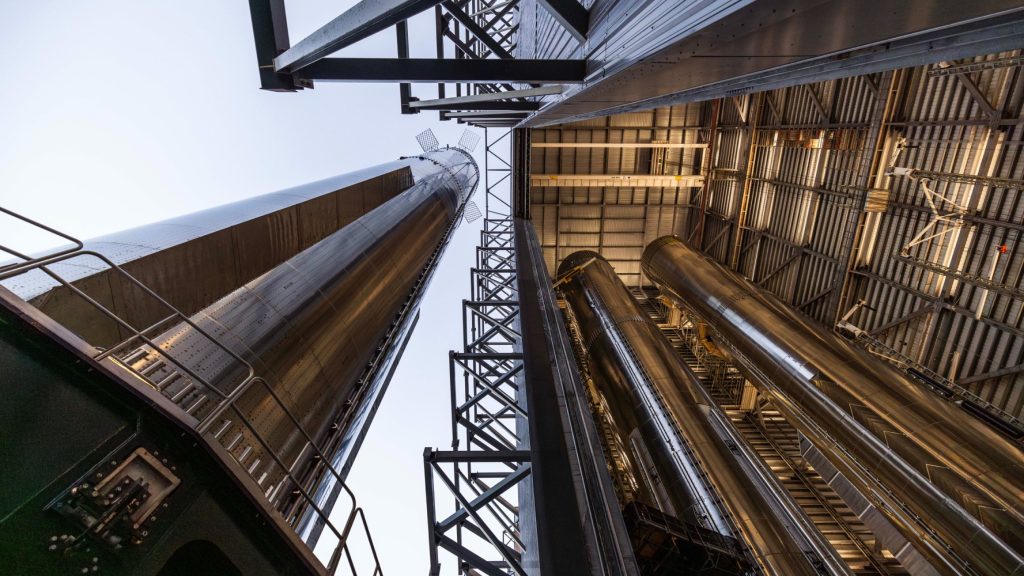SpaceX is now attempting to fly its Starship Flight 6 mission no earlier than Tuesday, November 18, at 4:00 P.M. CST. All of the vehicle’s rocket components are at the launch site and are stacked and ready for launch.
SpaceX shared Friday afternoon that it was now targeting Tuesday rather than Monday for Starship Flight 6. This is likely due to poor weather conditions, as that was one known concern heading into the weekend.
The launch will still take place at the later 4:00 P.M. CST launch time to get better lighting conditions in the Indian Ocean during ship splashdown. This differs from the normal early morning test flights SpaceX has usually done. A pro for all of us watching: no need to wake up extra early to see fueling operations.
Flight 6 will be another important mission for Starship’s development. While Flight 5 saw the first catch of the Super Heavy booster, Flight 6 is planned to feature a Raptor engine restart while in space. This will be important for future missions that wish to raise Starship into a stable orbit around Earth and then bring it back down.
Another important test will be modifications to Starship’s upper stage heat shield. Previous flights have seen more than acceptable melt-through of the vehicle; however, the ships have successfully splashdowned the last few times. Also, Ship 31 will feature reduced tiles on its sides to test the lack of protection in flight. These bare spots are required for future ship catches by the launch tower.
Most heat shield changes will come to Starship v2, which makes Flight 6 even more important as it’s the final v1 Starship to fly. This design isn’t changing much; from the outside, we’ll mostly just see changes to the position of the upper stage’s flaps and improvements to the heat shield. However, Starship v2 will also see a stretched propellant tank and many other internal changes to improve reliability.
In a post on X, SpaceX shared Flight 6’s booster making the trip from its assembly building down the state highway to Starbase’s launch facility. Inside one of the photos are the first v2 Starships lying in wait for their turn to fly. Boosters 14 and 15 look to be nearly complete, while Booster 16 is in the early stages of being stacked together with its other ring segments.

The first v2 Starship upper stage, Ship 33, is currently getting its Raptor engines installed in a high bay. Ship 33 and Booster 14 are expected to fly on Flight 7. There are no guesses yet as to when that mission could take place. SpaceX only has regulatory approval for Flight 6, and if there are any major trajectory changes for Flight 7, that would trigger a possibly lengthy review by the FAA. Personally, I would bet on an early 2025 launch attempt, in January or February.
FTC: We use income earning auto affiliate links. More.







